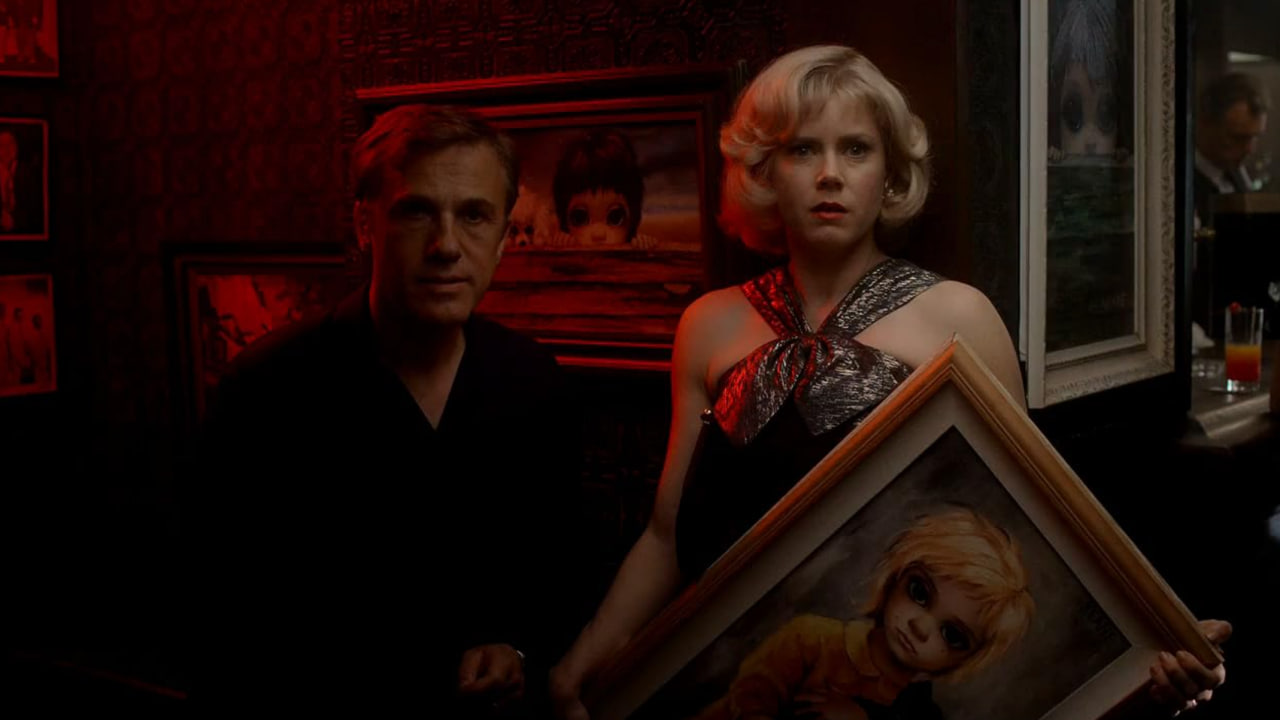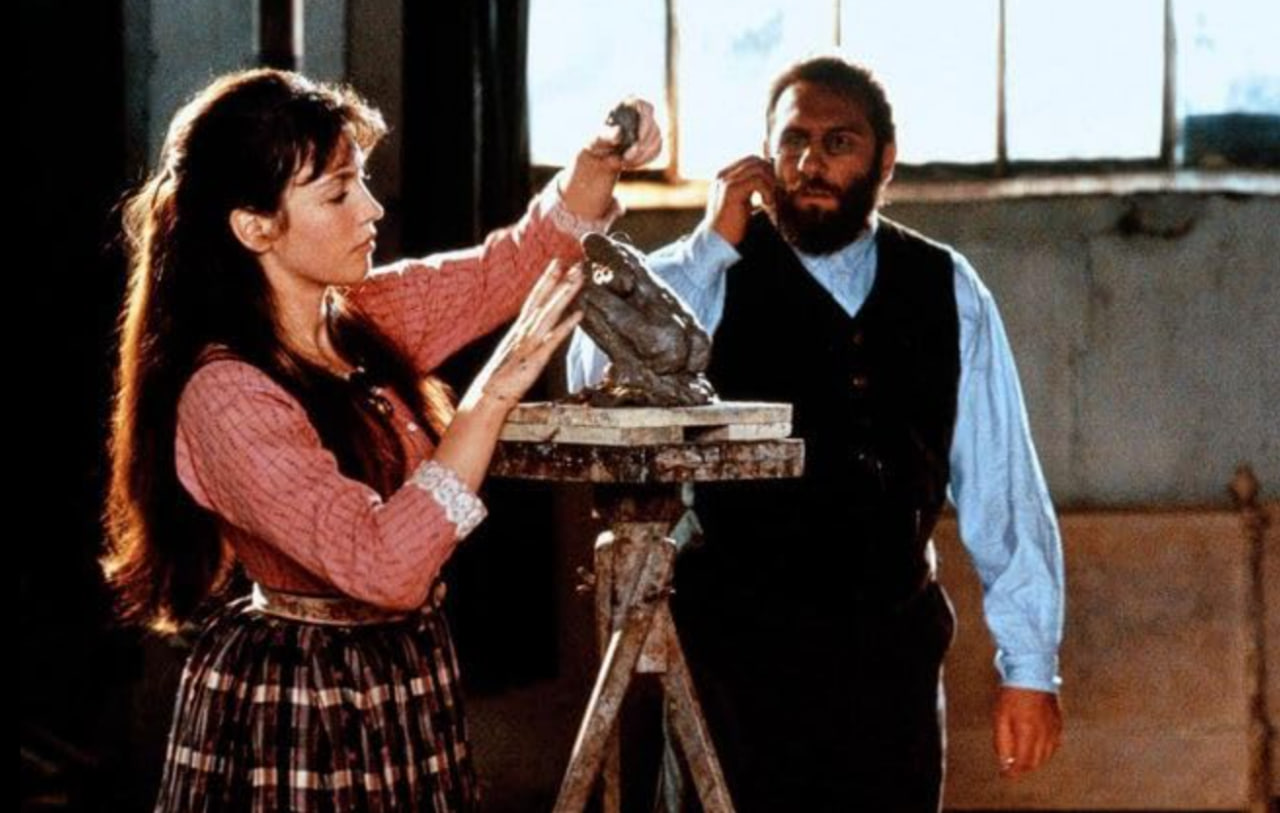Art-themed films provide a journey through the complexity and inspiration that creativity brings in our lives and in society.
This month, the world celebrates World Art Day, which recognizes the profound influences of art. What better way to pay tribute to artists than to have a movie marathon of art-themed films? Through them, people may harbor a better understanding of the importance of beliefs and values in art.
Watching these films is a rewarding and enriching experience as it provides a lot more than entertainment. They offer viewers a chance to witness thought-provoking plots, becoming catalysts for introspection and discourse.
READ ALSO: Five Films For Freedom: The British Council Celebrates A Decade Of LGBTQIA+ Stories
“The Monuments Men” (2014)
George Clooney’s The Monuments Men (2014) is set in 1943, during World War II. A man named Frank Stokes persuades the president to form a unit called the “Monuments Men.” The group comprises seven museum directors, curators, and art historians, and are tasked to find stolen art and return it to the rightful owners. His team experienced numerous challenges and losses but uncovered art works and gold assets. Stokes reported his team’s progress to the president and concluded their sacrifices were worthwhile.
The film was based on a true story involving Captain Robert Posey and Private First Class Lincoln Kirstein. They were two members of the Monuments, Fine Arts, and Archives section of the Allies according to Smithsonian Magazine. Their efforts led to finding and recovering countless art works the Nazis stole, and without them, these would perish forever.
“Klimt” (2006)
Chilean filmmaker Raul Ruiz created an “impressionistic biopic” of Austrian painter Gustav Klimt through Klimt, according to The Guardian.
IMDb described the movie’s synopsis as a depiction of his “most productive and tumultuous” moment of his life. The acclaimed artist’s lavishly erotic paintings became the subject of controversy in Austria at the turn of the 20th century. He persevered through an oppressive government to live the life he wanted and paint as he wished.
Klimt’s works can be identified by gold or colored decorations, spirals, and phallic shapes. His art styles are evident in his following masterpieces: “The Kiss,” “Judith and the Head of Holofernes,” and “Danae.”
“Frida” (2002)
A report from Variety chronicled Frida (2002) served as a biopic of Mexican painter Frida Kahlo. Julie Taymor, who directed the film, framed its depiction around her love story, exploring her relationship with fellow painter Diego Rivera.
IMDb added the film also looked into her controversial affair with Leon Trotsky, as well as her “entanglements with women.” Salma Hayek, who played Kahlo, showed not only the painter’s boldly-lived life, but also her artistic legacy and enduring impact in the industry.
Kahlo’s paintings consist of self-portraits with varying hair styles, and pieces themed with realism and Mexican culture. According to Britannica, she held her first exhibition at the Julien Levy Gallery in New York in 1938, and it was successful.
Aside from Frida, Taymor directed the Broadway show, The Lion King, and won two Tony Awards: Best Director for A Musical according to Playbill; and Best Costume Designer as per the Walt Disney archives.
Big Eyes (2014)
Tim Burton’s Big Eyes (2014) is based on a true story by Walter Keane. He is one of the most established painters from the 1950s through early 1960s. His paintings gained popularity as he created subjects with enigmatic big eyes.

However, the truth came out: Keane was actually grabbing all the credit despite his wife, Margaret, being behind all the work. The movie highlighted her awakening as an artist and her and her husband’s turbulent relationship.
A report from The Guardian revealed Keane asked his wife to teach him how to paint the big eyed children. He blamed it on her when he couldn’t do it. She then sued her husband, and both of them were challenged to paint a child with big eyes in court. She did it in 53 minutes, while he said he couldn’t do it due to a sore shoulder.
“Vincent and Theo” (1990)
Robert Altman’s Vincent and Theo (1990) discusses the life of the Van Gogh brothers. It gave another perspective of the renowned painter’s formerly impoverished life.
Theo helped Vincent find his market and supported him to find his path in life. The film showed each of the brother’s struggles: one struggling to fight his inner demons, and one who faces financial challenges due to lack of sales.
Ironically, Van Gogh’s paintings are worth millions and usually sell lavishly at auctions today. One of his highly-prized paintings include “The Portrait Of Dr. Gachet,” which sold for $82.5 million, according to the Los Angeles Times.
“Camille Claudel” (1988)
Bruno Nuytten’s Camille Claudel (1988) tells the scandalous love affair of French sculptor Auguste Rodin with the talented Camille Claudel. Their relationship led her to commit to becoming Auguste’s muse and assistant and sacrificed her career.
A time came when Camille’s masterpieces went unnoticed and she desired attention for herself. She spiraled into mental illness.

The film was based on historical records. Musée Rodin, an art museum in Paris, revealed Claudel’s family requested for her to be committed to a mental asylum. She was transferred to a psychiatric hospital eventually, where she stayed until her death.
Banner photo from IMDb.





